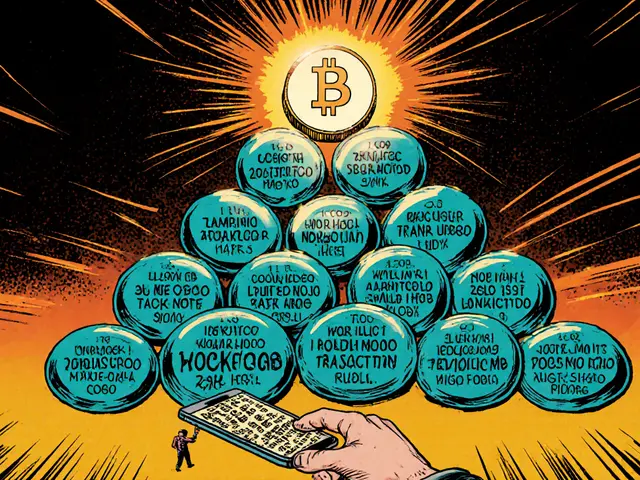Oasis Network: Privacy‑First Blockchain and DeFi Hub
When working with Oasis Network, a privacy‑oriented layer‑1 platform that separates data consensus from execution to protect user data while enabling high‑throughput smart contracts. Also known as Oasis, it powers a growing ecosystem of confidential DeFi, NFT, and data‑marketplace applications. The native ROSE token, used for staking, governance, and transaction fees fuels network security and gives holders a voice in protocol upgrades. A key pillar of Oasis is confidential computing, hardware‑assisted execution environments that encrypt data while it is being processed, allowing developers to run private smart contracts without exposing raw inputs. Together, these components let Oasis Network support scalable, secure, and user‑centric finance. Understanding Oasis Network fundamentals is the first step toward mastering privacy‑focused DeFi.
How Confidential Computing Fuels Rollups and Data Availability
Confidential computing on Oasis Network influences rollup designs by letting aggregators batch transactions off‑chain while keeping user data hidden, which improves data availability without sacrificing privacy. Rollups require a reliable data availability layer; Oasis supplies this through its para‑time execution model, where consensus runs on a public chain and secret contracts execute in isolated enclaves. This split architecture enables developers to build DeFi services—like private lending, confidential stablecoins, and privacy‑preserving NFT marketplaces—that would be risky on fully transparent chains. Because the execution environment is sandboxed, slashing attacks become less likely, and validators can focus on protecting consensus. Moreover, the ROSE staking mechanism aligns incentives: validators who secure the consensus layer earn rewards, while enclave operators earn fees for processing private contracts. The synergy between confidential computing, rollups, and staking creates a feedback loop: stronger privacy attracts higher‑value DeFi, which in turn boosts network security and token utility. Recent upgrades, such as the “ParaTime” improvements, have reduced finality times, making Oasis a competitive choice for projects that need both speed and secrecy. Whether you’re a developer seeking a sandbox for private logic or an investor tracking tokenomics, understanding these inter‑dependencies is essential for navigating Oasis’s fast‑evolving landscape.
Below you’ll find a curated set of articles that dig into the very topics we just touched on. We cover modular blockchains like Celestia that share Oasis’s focus on data availability, deep dives into rollup economics, step‑by‑step guides for staking ROSE, and security best practices such as slashing protection for proof‑of‑stake validators. There are also practical pieces on DeFi privacy, airdrop strategies, and real‑world case studies—from Nigeria’s underground crypto market to the mechanics behind blockchain voting. Each post is written for readers at any skill level, so whether you’re just learning the basics or you’re ready to launch a confidential smart contract, you’ll find actionable insights and concrete examples. Explore the list to see how Oasis Network fits into the broader ecosystem of privacy‑first blockchains, how its tech compares to other modular designs, and what the future holds for secure, scalable finance.






